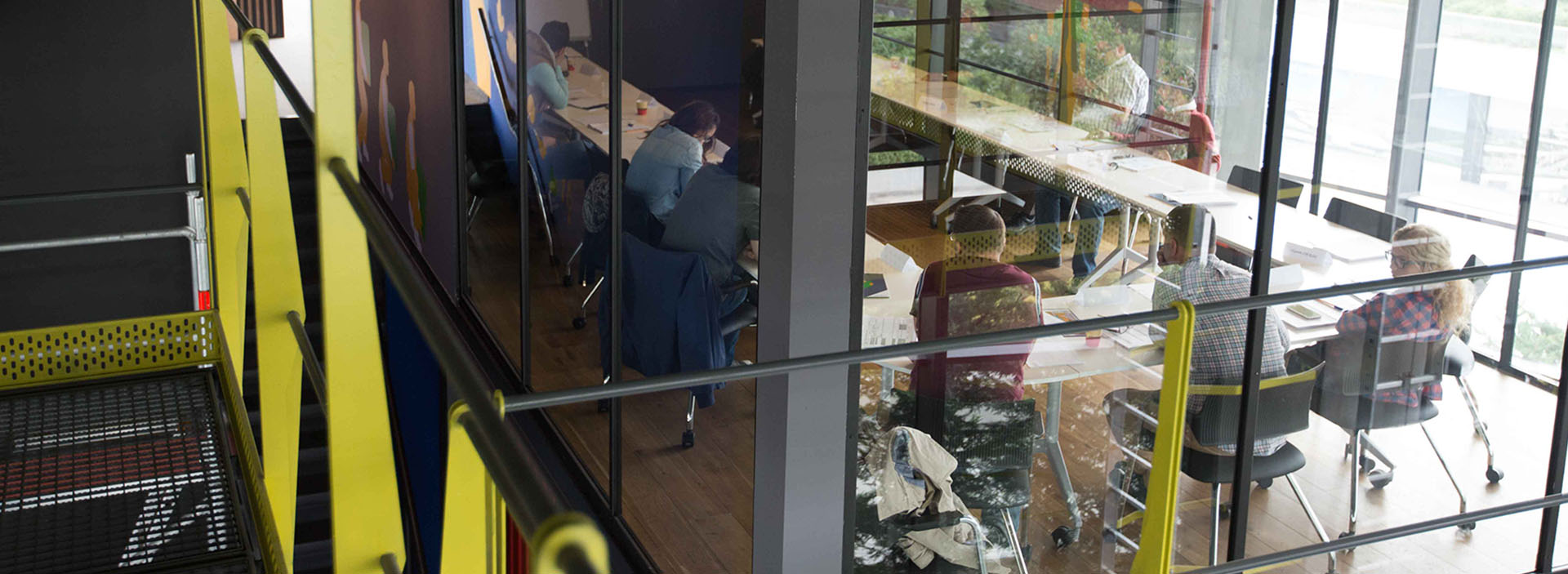
Ergonomics Risk Analysis and Site Practice
Ergonomics is the adaptation of the job to the employee. With the Ergonomics Risk Analysis, working conditions, the workstation and the working equipment may need to be redesigned, arranged, and changed if necessary for the health, safety and well-being of the employee.
Disturbances in the musculoskeletal system; It may increase due to tasks that involve repetitive movements such as lifting, bending, reaching, pushing and pulling. In the studies in the literature; It is stated that a good workstation design, mechanical devices, correct sitting and appropriate object weights significantly reduce musculoskeletal disorders. Video observations resulting in biomechanical monitoring are important in determining risk factors and can be easily performed with the LMM device.
- With ergonomic risk analysis methods, in which employees' posture analysis is more prominent; We analyze the current situation regarding posture disorders that may be caused by the work and the workstation, and musculoskeletal disorders caused by heavy and repetitive lifting.
- We use internationally validated methods to analyze the ergonomic risks of operations that cause problems in terms of the musculoskeletal system such as heavy lifting, carrying, pushing and pulling.
- We help you prepare an Ergonomic Risk Map by modeling ergonomic risks.
- We support the issues of productivity, increase in healthy workforce, decrease in losses due to occupational accidents and diseases, recording of occupational accidents and diseases and instant access to these data through risk analysis.
- LMM Device: The LMM (Lumbar Motion Monitor) device is one of the tools that determine the spinal cord loads and strain while performing manual material handling tasks, possibly evaluating the ergonomic discomfort caused by overloading and straining of the lumbar region of the back.
- Manual material handling requires workers to lift, lean forward, bend over, turn, lift heavy loads, maintain a fixed posture, or perform a combination of these activities. The LMM device is used to measure the strains on the back vertebrae during work movements, helping to redesign products and jobs that force these areas. The LMM Device, which is automatically adjusted according to the height and back length of the employee, measures the movements of the back vertebrae with wireless and three-dimensional tracking technology. Modeling is performed to determine risk factors with the data obtained by the device. With this modeling, it is determined which factors increase this risk and should change, so the business design can be redone.
- With the LMM device, measurements are taken for three minutes within the working routine. The elapsed time, including wearing and taking off the vest with the measurement and device, does not exceed 15 minutes. With the qualitative and quantitative data obtained in this way, calculations are made based on different measurement methods. After the analysis, appropriate improvement suggestions are presented and the same risk analysis studies are repeated for the proposed situation. Then, an ergonomic comparison of the current situation and improvement suggestions is made.
- NIOSH method is also used in workstations to develop ergonomic risk analysis and improvement model.

